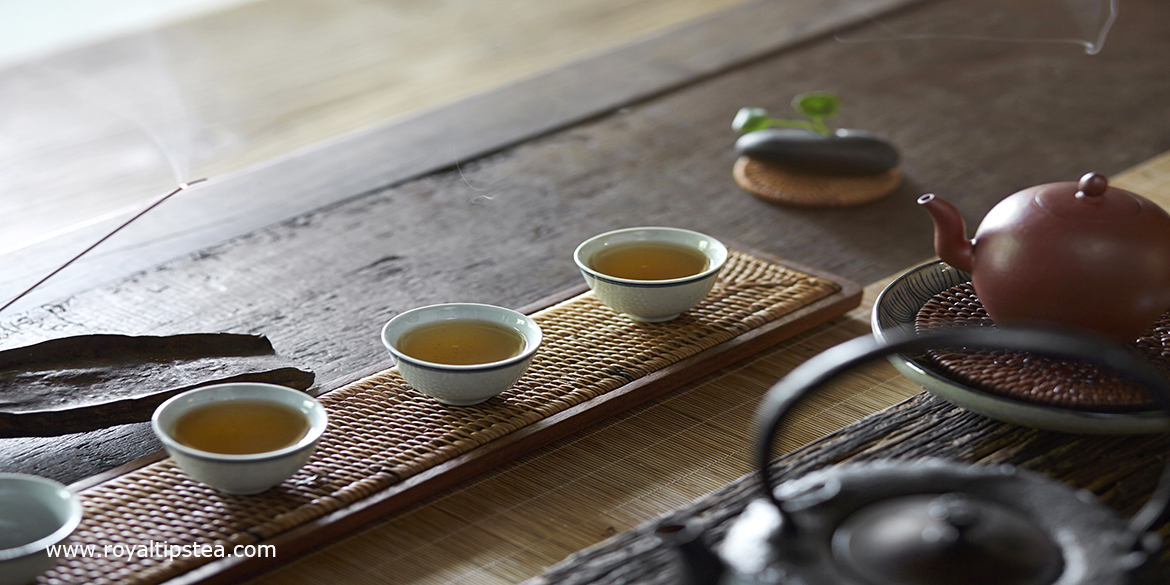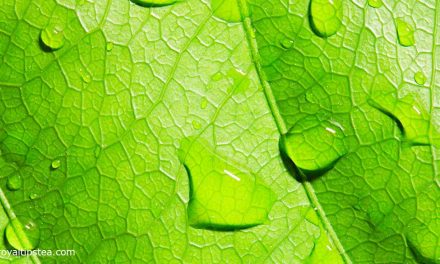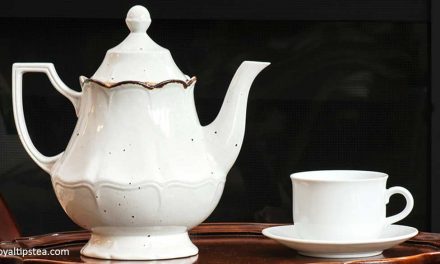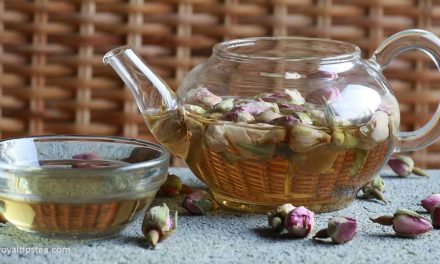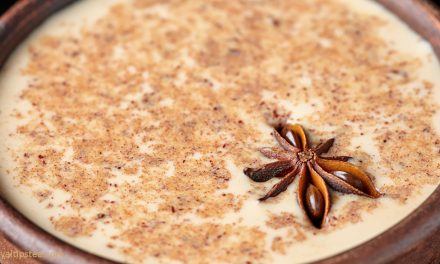The role of tea in the life of Buddhist Monks
From the moment Buddhism was introduced into China during the Han Dynasty (206 B.C. – 220 A.D.), tea has occupied a very important place in the life of Buddhist monks. Their contribution to promoting and disseminating tea culture has been quite extraordinary. They learnt to cultivate the wild tea plant and to produce different types of tea of unmatched quality. They popularized tea benefits by promoting love and deep respect for nature. They turned the habit of drinking tea into a ceremonial act, steeping every cup they served with the philosophical ideas of Buddhism.
Among all the world’s beverages, why did Buddhist monks choose tea? In the first place, they needed to keep their minds clear and their bodies hydrated during long hours of meditation. Tea´s slightly stimulating effect is due to the presence of caffeine found in the “Camellia sinensis” tea plant. In addition, tea contains a long list of vitamins and minerals that were of great value to the monks, considering the very strict diet that they had to follow in the monasteries.
Still, there was something else in this drink that symbolized the essence of Buddhism, something that the monks were able to recognize intuitively and that now has a scientific explanation.
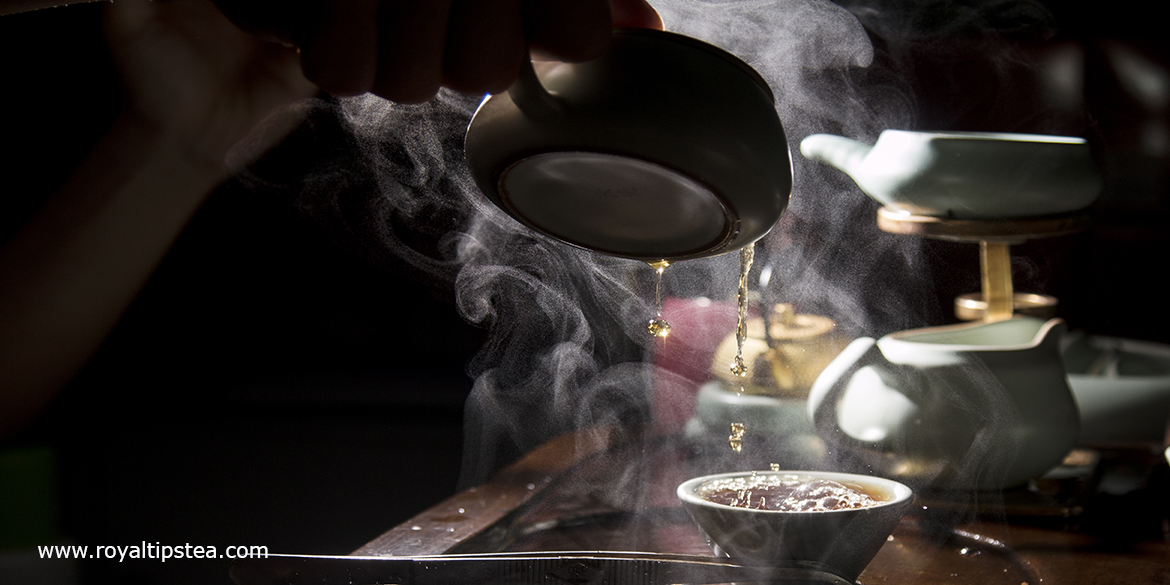
L-theanine, a valuable amino acid in the tea plant
As well as all the beneficial components mentioned above, tea contains an amino acid called L-theanine. Its presence in nature is very scarce, tea being the one of only two beverages that contains it (the other is Gauyusa, an Amazonian tree related to the holly and available now as a herbal infusion). L-theanine is a valuable substance as it stimulates alpha wave activities in our brains.
And when do alpha waves occur? They occur when we are calm and relaxed. They occur as we listen to the sound of the waves on the beach, enjoy beautiful scenery or just close our eyes for an instant. L-theanine helps our body to relax. However, this form of relaxation does not induce sleep, but, with L-theanine working together with caffeine, has quite the opposite effect. It keeps our minds clear, alert and active. It improves concentration. It increases creativity. It helps us think positively and resolve problems more easily. It maintains a healthy balance between body and mind.
Theanine´s use in meditation
If you have ever practised yoga or meditation, you will have experienced the increase of alpha waves. They are perceived through a pleasant state of serenity and deep relaxation. You feel as though you have been transported to another dimension, disconnecting from negative energy and harmonizing the senses. During meditation you develop the intuitive level of consciousness and get to know yourself better.
In this sense the close relationship between tea and Buddhism is more than obvious. Drinking tea made it easier for the monks to meditate. It helped them keep their minds lucid, focused, clear and positive so that they could delve into the inner world without being interrupted by invasive thoughts. According to Chinese philosophy, this state of mind can easily be passed on to other people, which is why one of the central ideas of Buddhism is to maintain a positive state of mind and live in harmony with the environment.
The higher the altitude, the more concentration of theanine in the tea plant
Discovering its innumerable benefits, the monks began to cultivate the tea plant next to temples and monasteries, in the deepest parts of the forests and high mountains. By coincidence, the best teas were the ones that grew on their misty slopes. At high altitude the amount of sunlight is reduced by the dense mist, which also provides moisture and brings about a higher concentration of L-Theanine in the plant. The respect that the monks had for both tea and nature prompted them to improve the quality of production and to find new ways to prepare it. Their efforts soon produced results.
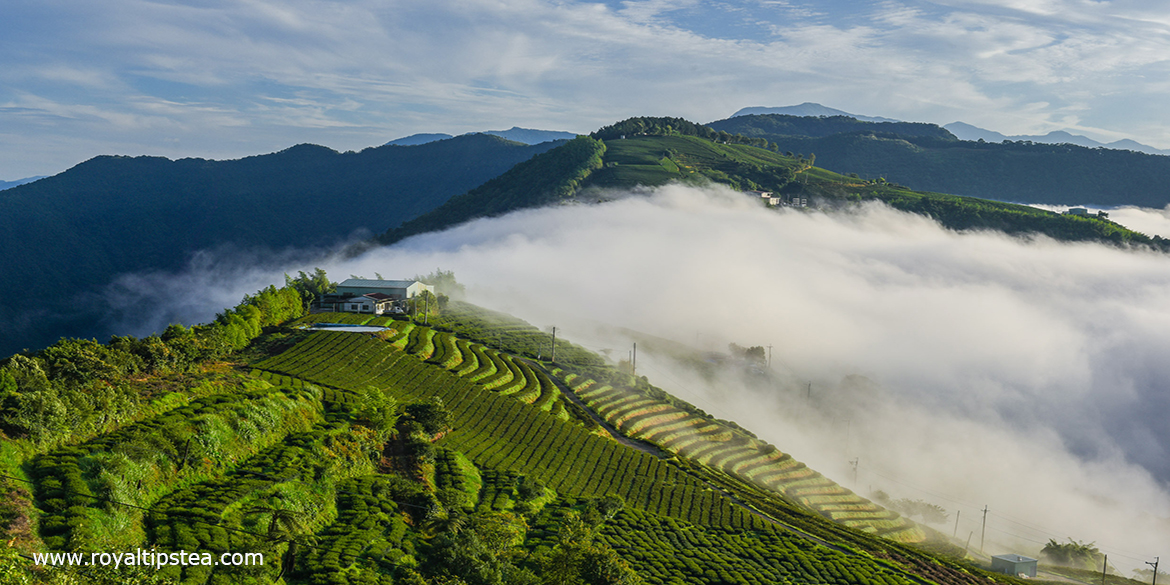
From the poorest to the emperors
As Buddhist monasteries also acted as shelters, libraries and schools, monks soon succeeded in popularizing the practice of tea-drinking among all those who came to visit them. The custom of serving tea during gatherings and ceremonial occasions gave rise to various tea ceremonies, the Gong Fu ceremony being the most famous. This tea ceremony uses specific utensils and high quality, flavourful tea as well as artistic preparation, which requires certain mastery. Oolong and Pu-erh are the teas normally used for the Gong Fu ceremony, never green or white tea.
The excellent quality of the teas produced by the monasteries soon aroused the interest of the imperial court. The best teas were offered as a tribute (known as “Gong Cha”) to Chinese emperors. The court, in turn, provided the necessary funds to enhance the development of new and advanced tea production techniques. Thus, the famous varieties of green tea, white tea, yellow tea and oolong tea gradually appeared. All of them were of spectacular quality and singular flavours.
Some of these teas have not reduced in status for hundreds of years and remain on the top list of the most coveted Chinese teas. Da Hong Pao, one of the best known oolong teas, comes from one of the most spectacular places in China, the Wuyi Mountains, located in Fujian province in the south-eastern part of the country.

